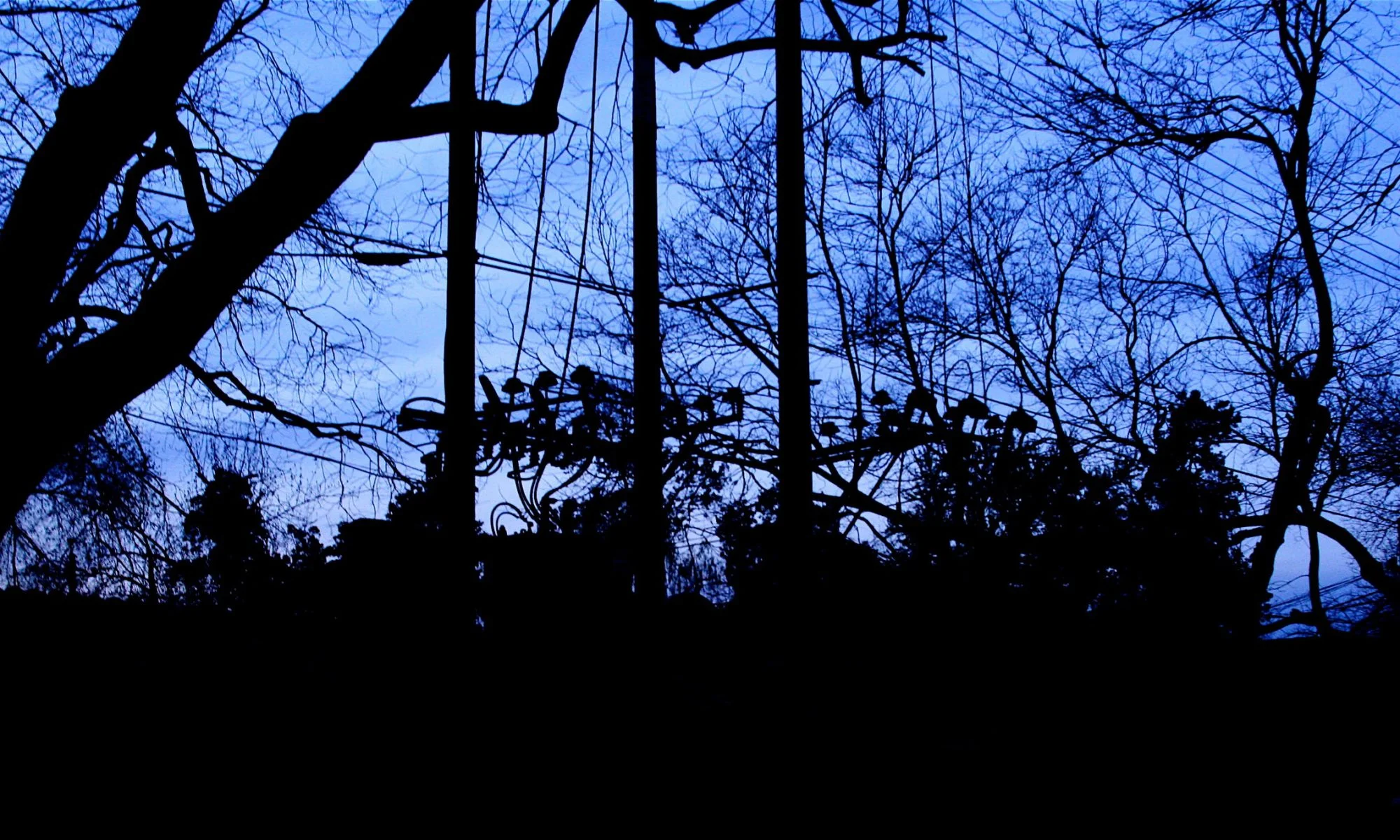Here is a link to a presentation by Ross Macaw QC on proportionate liability. It is produced by benchTV, an enhancement to the long-excellent new case notification service, Benchmark, provided by AR Connoly & Co in Sydney. Mr Macaw considers Justice John Dixon’s beautifully written judgment in Fabfloor (Vic) Pty Ltd v BNY Trust Company of Australia Limited [2016] VSC 99.
In that case, there was a fire in a warehouse and the plaintiffs’ goods and nearby land were damaged. They sued the occupier of the warehouse and others. The occupier said that if it was liable, then it was also the fire inspector’s, the builder’s, and others’ fault as well. The question was what a defendant needed to do in order to have alleged concurrent wrongdoers not sued as defendants by the plaintiffs joined. Was a mere pleading assertion sufficient, as in the case of a third party notice? Or was it necessary to produce some evidence sufficient to allow the Court to see a prima facie case against the alleged concurrent wrongdoers, and exercise a discretion to join? Even though those seeking to join are not usually forced to establish by evidence a prima facie case, is that just because it is often waived by the person resisting joinder?
The answer is: you need a pleading which is not hopeless; you generally don’t need to put on evidence; the power to join is in s. 24AL of the Wrongs Act 1958 and the Rules of the Supreme Court are not really to the point; the power is discretionary and evidence might be necessary if some point which goes to the discretion (e.g. prejudice by virtue of delay, or abuse of process) is enlivened, but that evidence would not generally be as to the merits of the claim sought to be brought).
It sounds like, here, the plaintiff was worried about turning what was a relatively simple fire claim into something more akin to World War III, and presumably was anxious about liability for multiple parties’ costs and complexity of settlement discussions. Justice Dixon noted that that is not relevant to the discretion to join further concurrent wrongdoers at [52].
At first instance, Associate Justice Derham found that, if the plaintiff took the point, it was necessary for the defendant seeking joinder to adduce some evidence of a prima facie case of breach of a duty owed to the plaintiff by the defendant to be joined. He dismissed the occupier’s application to join three alleged concurrent wrongdoers in respect of which claims the occupier sought to adduce no evidence. He dismissed the application to join the others because he was not satisfied by the evidence adduced that there was a prima facie case on the evidence, even though the pleadings demonstrated a case which, if the factual assertions pleaded were proven at trial, could not be said to have been hopeless.
Justice John Dixon allowed an appeal. His Honour said s. 24AL of the Wrongs Act 1958 which allows joinder of concurrent wrongdoers is a stand-alone provision and reference to the Supreme Court Rules is not helpful. Cases which have suggested in the past that joinder applications generally may require some evidence to satisfy the tests in r. 9.06 of the Rules are not germane.

